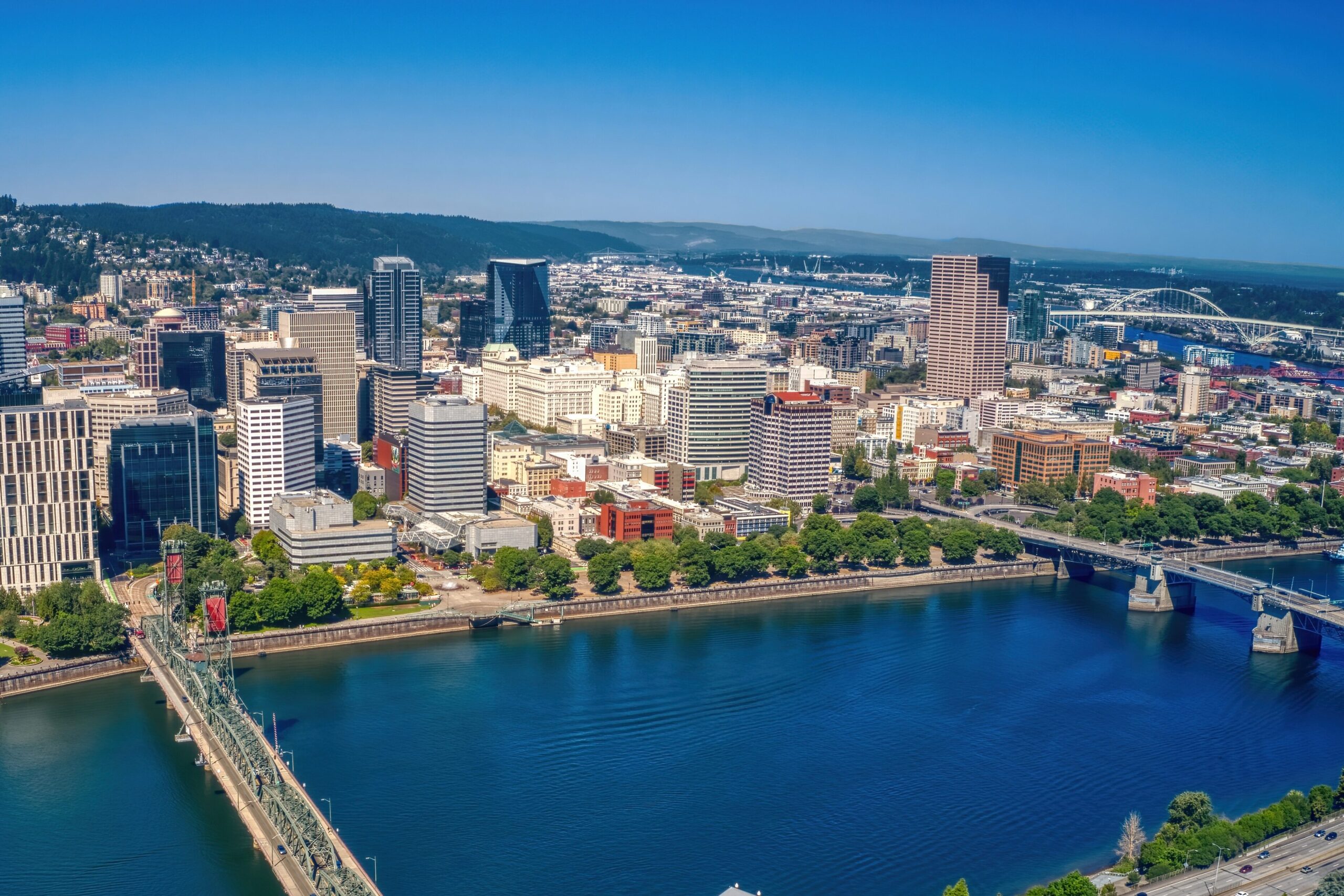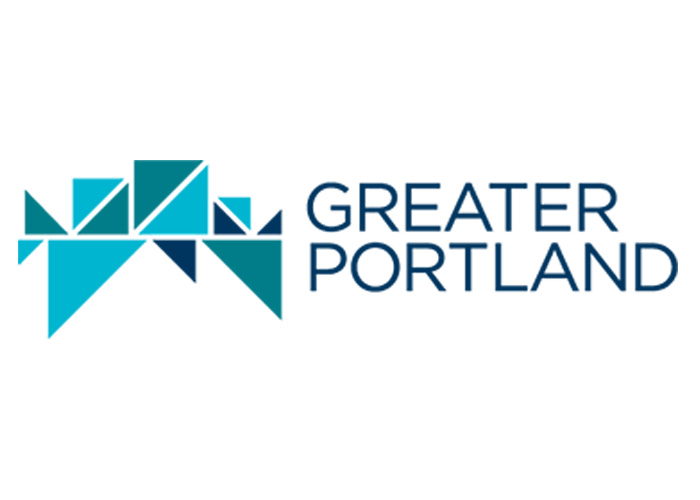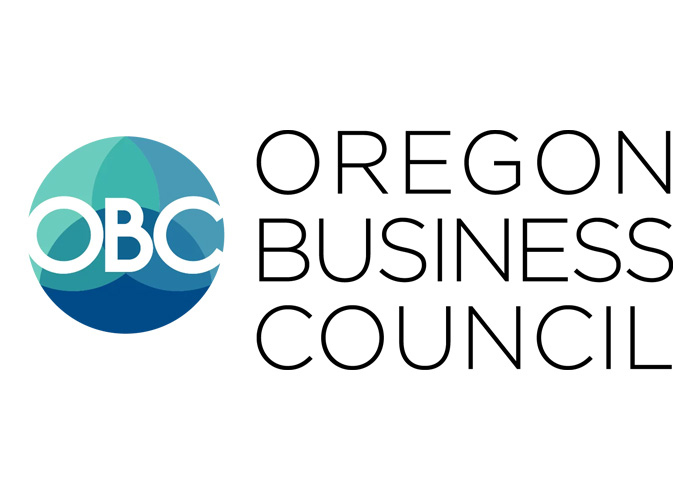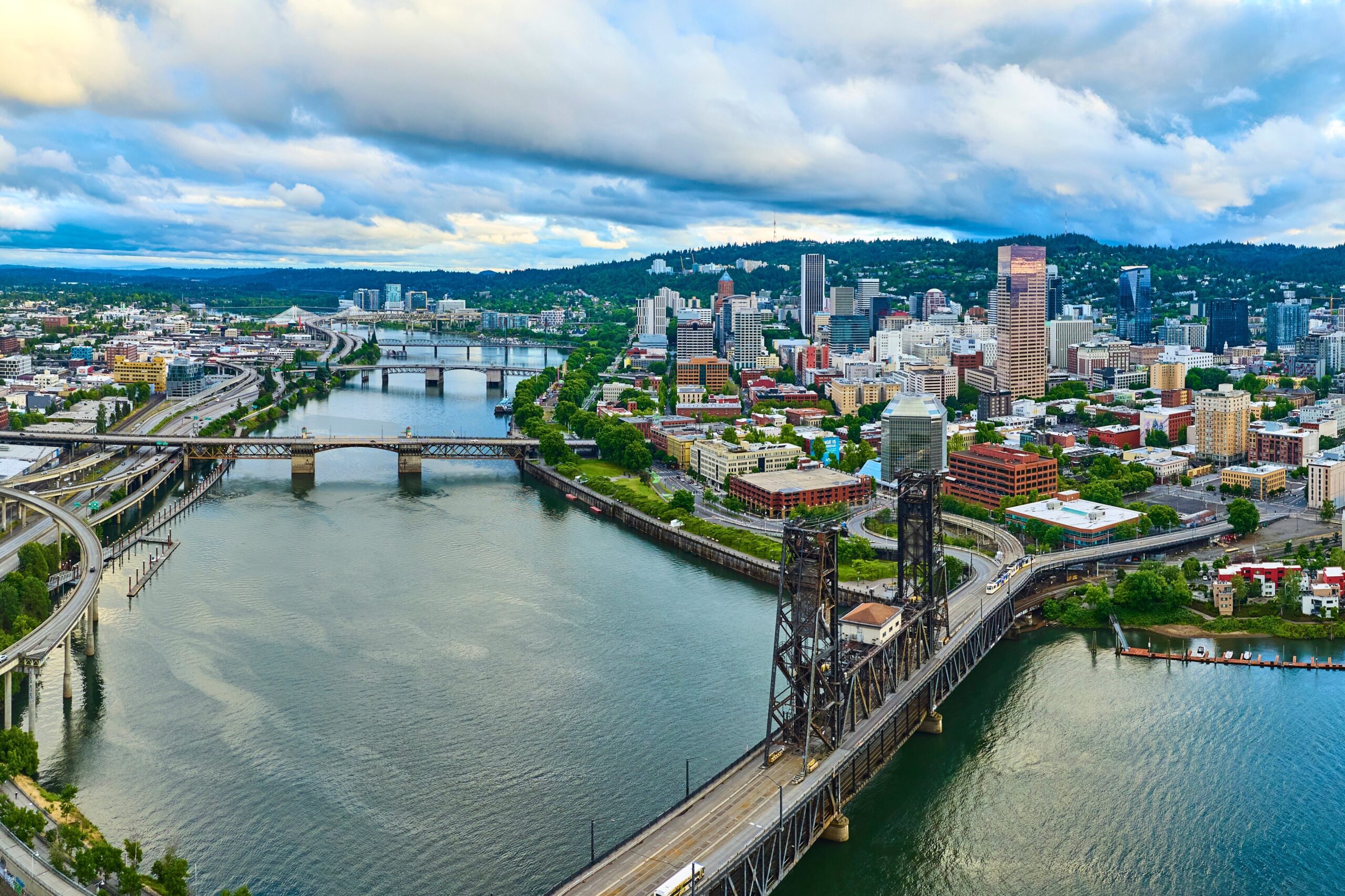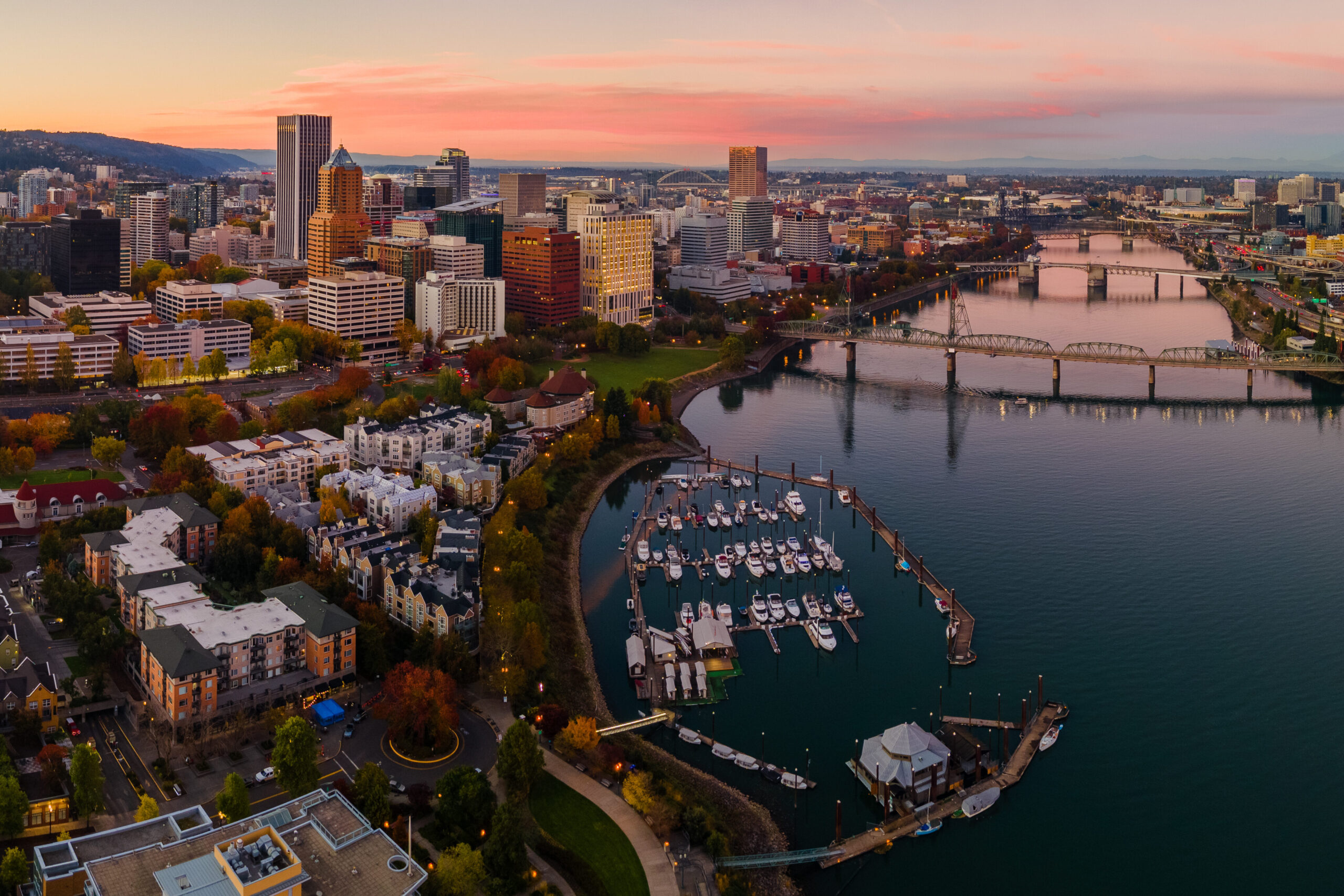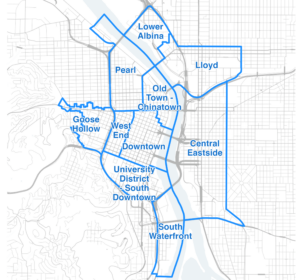
Portland’s Central City including its Downtown neighborhood are facing a pivotal moment. While some Central City neighborhoods, like University/South Downtown and South Waterfront, have nearly returned to pre-pandemic foot traffic levels, Downtown remains down 40% due to fewer office workers and visitors. The areas with the strongest activities benefit from a balanced mix of residents, employees, and visitors, while Downtown shows no growth in its residential presence, highlighting a critical gap.
Portland’s path forward is clear: vibrancy starts at home. Reengaging local residents, rethinking the role our Downtown plays, and embracing a new mix of foot traffic will be the catalysts that transform today’s challenges into tomorrow’s successes. The story of Downtown Portland isn’t finished—it’s just beginning a new chapter.
Report at a Glance
25%
Portland office leasing rate drop compared to 2019 (600,000 square feet per quarter versus 790,000 square feet).
6th
Ranked last among peers for Central City visitor foot traffic.
-21%
Portland’s Central City foot traffic compared to 2019 levels.
80%
Percent of visitors to Portland’s Central City that live within 20 miles.
Economic Data
Portland’s office leasing has dropped to 600,000 square feet per quarter, down from 790,000 square feet before the pandemic. This sharp decline signals a continued slowdown in office occupancy, as hybrid and remote work remain the norm. See Figure 1.
Foot traffic trends vary across the central cities of Portland and its peers, with none reaching 2017 employee traffic levels. Milwaukee’s central city leads in return-to-work, while the others lag further behind. Residential foot traffic is a bright spot, up 25% in Portland and Seattle, compared to seven years ago. Portland’s key challenge is visitors, with foot traffic at just 75% of 2017 levels—the weakest among the group. See Figure 2.
Overall foot traffic trends fall into three groups. Milwaukee leads, reaching 2017 levels due to strong employee and visitor activity. Denver and Sacramento exceed 80%, supported by higher visitor volume. Portland, Seattle, and Minneapolis lag behind, with the slowest growth, driven by lower visitor and employee counts. See Figure 3.
Visitor density is another important metric as higher densities can improve perceptions of safety–especially at night. Portland is in the middle of the pack with about 3,000 visits per acre, which is behind Seattle, Minneapolis, and Denver but ahead of Sacramento and Milwaukee. See Figure 4.
Measured against 2019 levels, Portland’s foot traffic levels are second weakest–outperforming only Minneapolis. Again, Milwaukee stands apart from the peer group thanks to its much stronger visitor and employee traffic. See Figure 5.
Foot traffic varies across Portland’s Central City area, with six subdistricts still down 25% or more from 2019. Downtown is hardest hit, with a 40% decline due to fewer visitors and office workers. Less affected neighborhoods have more balanced traffic across employees, residents, and visitors. Two neighborhoods that have almost fully returned to pre-pandemic traffic levels–University/South Downtown and South Waterfront–also have relatively high shares of residential traffic and healthcare workers required to work in person. See Figure 6.
Foot traffic composition has shifted in all ten of Portland’s Central City sub districts. The shift to remote and hybrid work reduced the employee shares in Downtown, Lloyd, Old Town, and Lower Albina. The three areas with the strongest recoveries–University/South Downtown, South Waterfront, and Goose Hollow– show a stronger mix between resident, visitor, and employee foot traffic. And notably, the least recovered area, Downtown, shows only 3% of foot traffic generated by residents. See Figure 7.
Several national employers have recently mandated a return to the office but hybrid or remote work has become a norm. Even if Portland-area employees returned to their 2019 work patterns, foot traffic would increase across all areas but still fall short from 2019 levels. For example, downtown traffic would improve to 25% below 2019 levels, up from the current 40% deficit, while University/South Downtown and South Waterfront could fully recover. Remote work remains the primary driver of Portland’s Central City foot traffic challenges, but boosting visitor traffic is essential. Even with increased employee presence, most sub districts would still lag behind 2019 activity levels, showing that a more even mix of the type of traffic has become more important. See Figure 8.
Attracting visitors to Portland’s Central City’s is crucial to foot traffic improvement, and regaining this traffic requires understanding its origins and why it was lost. Analysis of regional visitor data reveals declines across many neighborhoods in Southwest Washington, as well as Washington and Clackamas counties. However, the steepest losses are from areas closest to the Central City, including inner Northeast and Southeast Portland, the Southwest Hills, and Dunthorpe. Understanding and addressing these localized declines will be critical to recruitment efforts. See Figure 9.
Between 2019 and 2024, Portland’s Central City has lost approximately 11 million visitors. About half of this decline is from Multnomah County residents, with nearly all of it tied to people living within 20 miles of the core. Effective visitor recruitment efforts must therefore focus on engaging the local population first. See Figure 10.
Why This Matters
Central cities serve as vital hubs for gathering, collaboration, innovation, and living, making their vibrancy and attractiveness essential to regional economic health. Foot traffic has been—and will continue to be—a critical metric for tracking progress as these areas rebuild and adapt in the post-pandemic era. Experience to date suggests that neighborhoods would benefit from a better balance in residential, work, and leisure uses. A vibrant central city also will play a critical role in fueling the general funds of the city, county and state that provide critical services. The vibrancy of Portland’s Downtown and Central City is integral to the economic strength and vitality of our entire state. Policymakers must lead with a unified vision and consider the next phase of investment to bring vibrancy and livability to Portland’s core.
